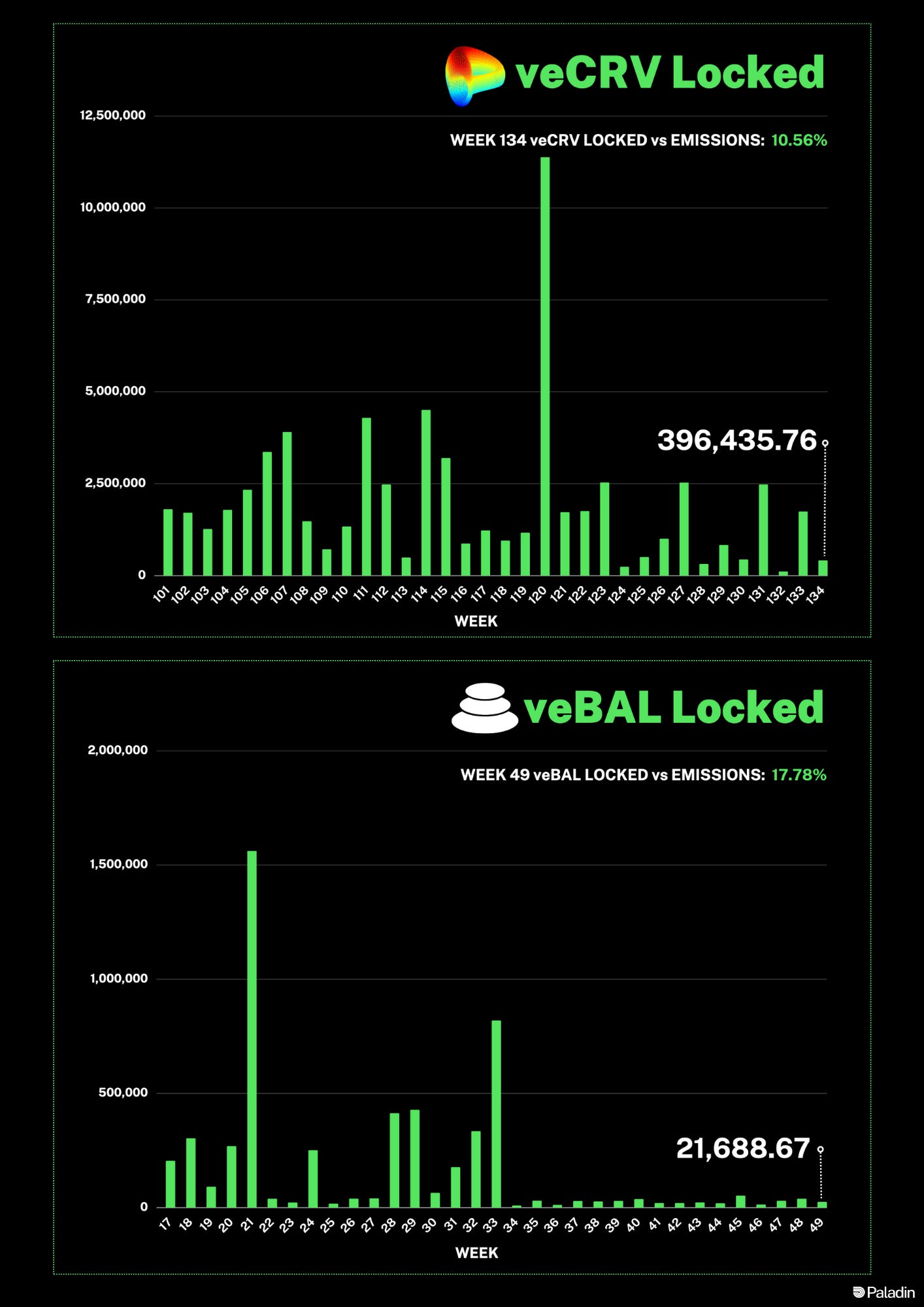Launched in 2018, Uniswap, the decentralized exchange quickly built up a first-mover advantage among DeFi protocols and has managed to maintain a dominating position in both volume and liquidity between 2019 and today.
First ideated by Vitalik Buterin in 2017 and then pioneered in production by Hayden Adams, automated market makers (AMMs) are one of the most impactful DeFi natives innovations. By iterating on top of the mathematical formulas used by the AMM to price assets and manage liquidity, other players entered the market with competitive and specialized designs such as Curve and Balancer.
Driven by the question of capital efficiency, the three projects have developed in different directions, but seem to be drawn towards a common structural evolution, both technically and in the interactions between the participants of the ecosystem.
In this article, we will analyze how Uniswap v3 might enter the governance wars even though it has no veTokenomics and addresses the capital efficiency problem with concentrated liquidity. To do so, we will study the case of Timeless Bunni, and explore the strong opportunities it creates for Uniswap users.
Uniswap V3 :
Concentrated liquidity
The main feature of Uniswap v3 is concentrated liquidity, it allows liquidity providers to choose a price range within which their supplied assets will be used to provide liquidity. This has several advantages in terms of slippage and price impact because it enables to deepen the liquidity in the most traded price ranges, reducing idle capital and increasing fees ROI.
https://dune.com/mtitus6/Uniswap-V2V3-Comparison?Start+Date_d8a6ba=2021-03-01+00%3A00%3A00
However, while it makes the AMM more efficient for tokens with low volatility like blue chips or stable pairs, the design of Uniswap v3 AMM is less efficient for pairs with high volatility resulting in many tokens remaining on Uniswap v2 and a strong divergence between volume and quantity of trades.
ERC-721 LP (NFT)
The particularity of Uniswap v3 is that LP tokens are minted in the form of NFTs. Despite the various interesting use cases that it allows, this standard is less gas efficient for active liquidity providers.
Governance issue
On Feb. 5 the venture capital firm Andreessen Horowitz (a16z) used its 15 million UNI holding to vote against a governance proposal to deploy the latest Uniswap iteration on the BNB Chain, after it passed a temperature check with 80.28% votes for yes. Moreover, data showed that only 3% of UNI tokens had cast a vote, resulting in 23.4 million votes.
This news was spread widely on social media and highlighted the remaining inefficiencies in Uniswap management, which doesn’t rely on AMM design but rather conflicts of interest between participants of the ecosystem, thus requiring a structural evolution.
Timeless, Bunni :
Timeless started with the goal to work on capital efficiency by allowing users to long or short yield rates in DeFi. Early on they realized the issue in Uniswap design and started to build Bunni to enable projects that rely on Uniswap v2 or Sushi to migrate to Uniswap v3 and get access to concentrated liquidity while keeping their existing infra, by turning NFT LP tokens back into ERC-20.
From Timeless’ perspective, tokenizing yield-bearing assets like Uniswap v3 LP allows to split the principal and yield generated into two different tokens to create more composability and opportunities for the user to speculate :
Boost your yield if you believe the APR will increase by buying the Perpetual Yield Token $PYT
Hedge your yield if you believe the APR will decrease by buying the Negative Yield Token $NYT
The particularity of Timeless to be a yield tokenization protocol where the yield tokens never expire is made possible by Bunni liquidity engine which incentivizes projects liquidity on Uniswap v3 thanks to a veTokenomic using call options as reward tokens (oLit).
Users who LP are incentivized with oLit which can be redeem at a discount for lit, helping to boost the project’s treasury when users cash out and maintain the value added for the user by the liquidity mining
By creating an additional layer of yield for Uniswap LPs, and giving the control over it to veLit holders, Bunni positioned itself as the first field for governance wars on top of Uniswap liquidity, a very wide field considering the numerous opportunities to deploy on side chains and layer 2s.
Finally, Bunni’s design could also benefit from a network effect by attracting major Uniswap LP managers such as Arrakis or Ichi, potentially distributing voting incentives whose cost would be offset by the discount on oLit rewards.







